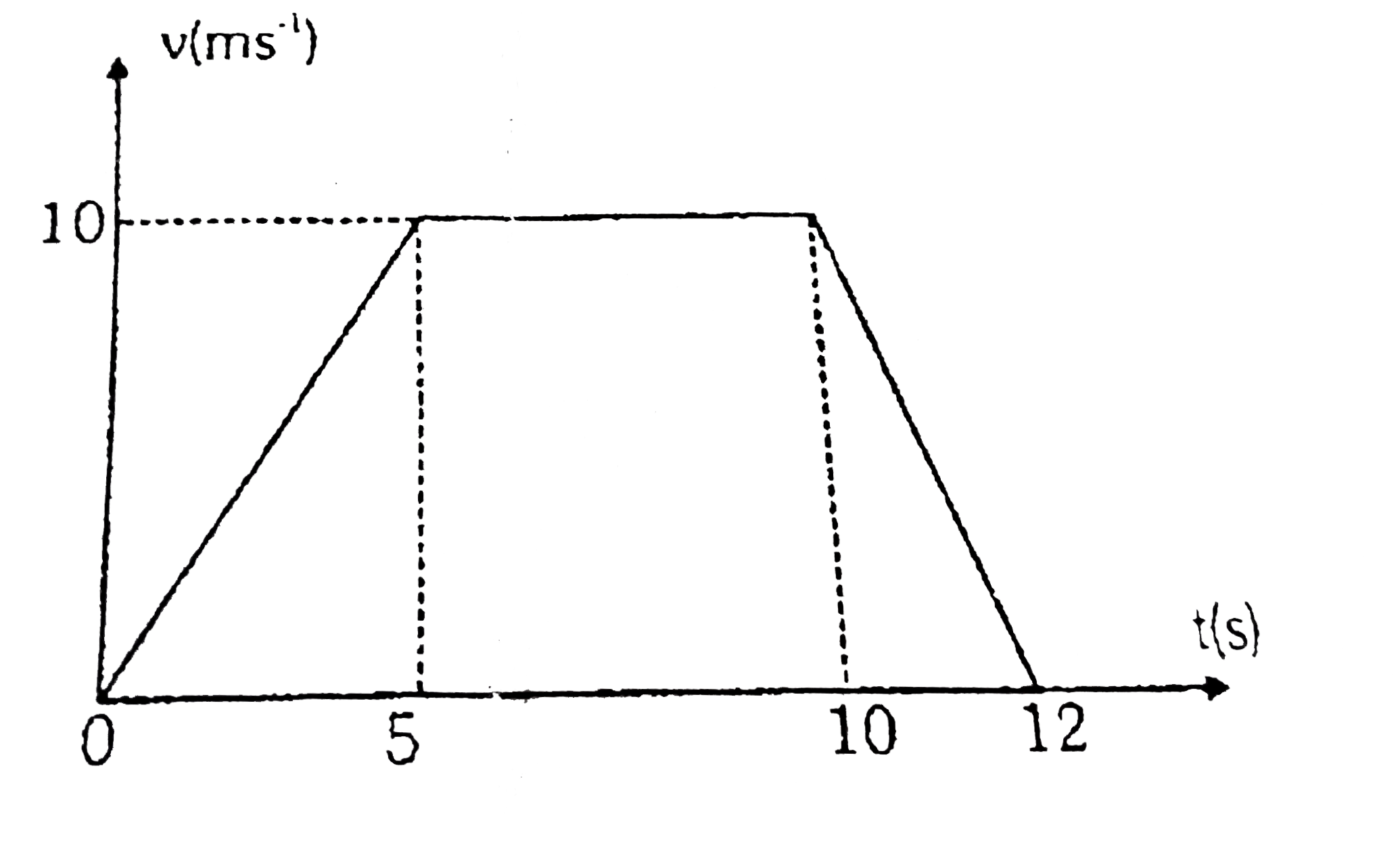How can one determine (i) the distance (ii) the displacement coverd by a uniformly accelerated body from its velocity-time graph ?
(i) The distanc travelled by a nody in a given intrrval of time is equal to total area enclosed by veocity time graph, without considering singn. It means, even if the body is moving with negative velocity, the area of velocity-time graph is to be taken positive for the measurenent of ddistance travelled by the body.
(ii) Displacement to a body in a given interval of time is equal to total area enclosed by velocity-time graph during the given interval of time which is to be added with prooer singn.
Topper's Solved these Questions
- BOOK - PRADEEPCHAPTER - KINEMATICSEXERCISE - 3 Short answer37videos
KINEMATICS
- BOOK - PRADEEPCHAPTER - KINEMATICSEXERCISE - 4 Short answer30videos
KINEMATICS
- BOOK - PRADEEPCHAPTER - KINEMATICSEXERCISE - 1 Short answer25videos
KINEMATICS
- BOOK - PRADEEPCHAPTER - GRAVIATIONEXERCISE - Assertion-Reason Type Questions19videos
GRAVIATION
- BOOK - PRADEEPCHAPTER - LAWS OF MOTIONEXERCISE - Assertion- Reason Type Questions17videos
LAWS OF MOTION
Similar Questions
Knowledge Check
- Question 1 - Select One
The graph of displacement versus time is shown. Its corresponding velocity-time graph will be.
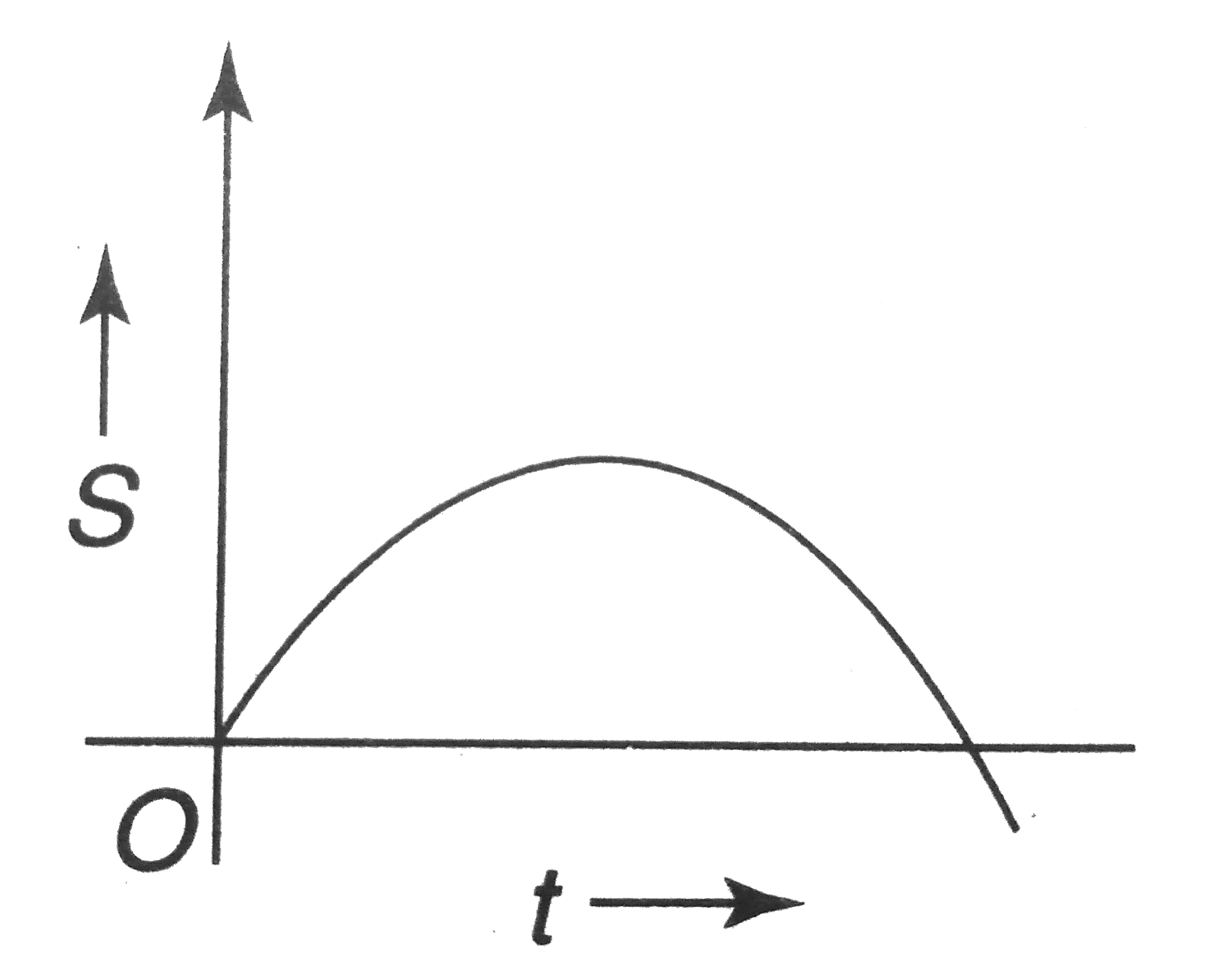 A
A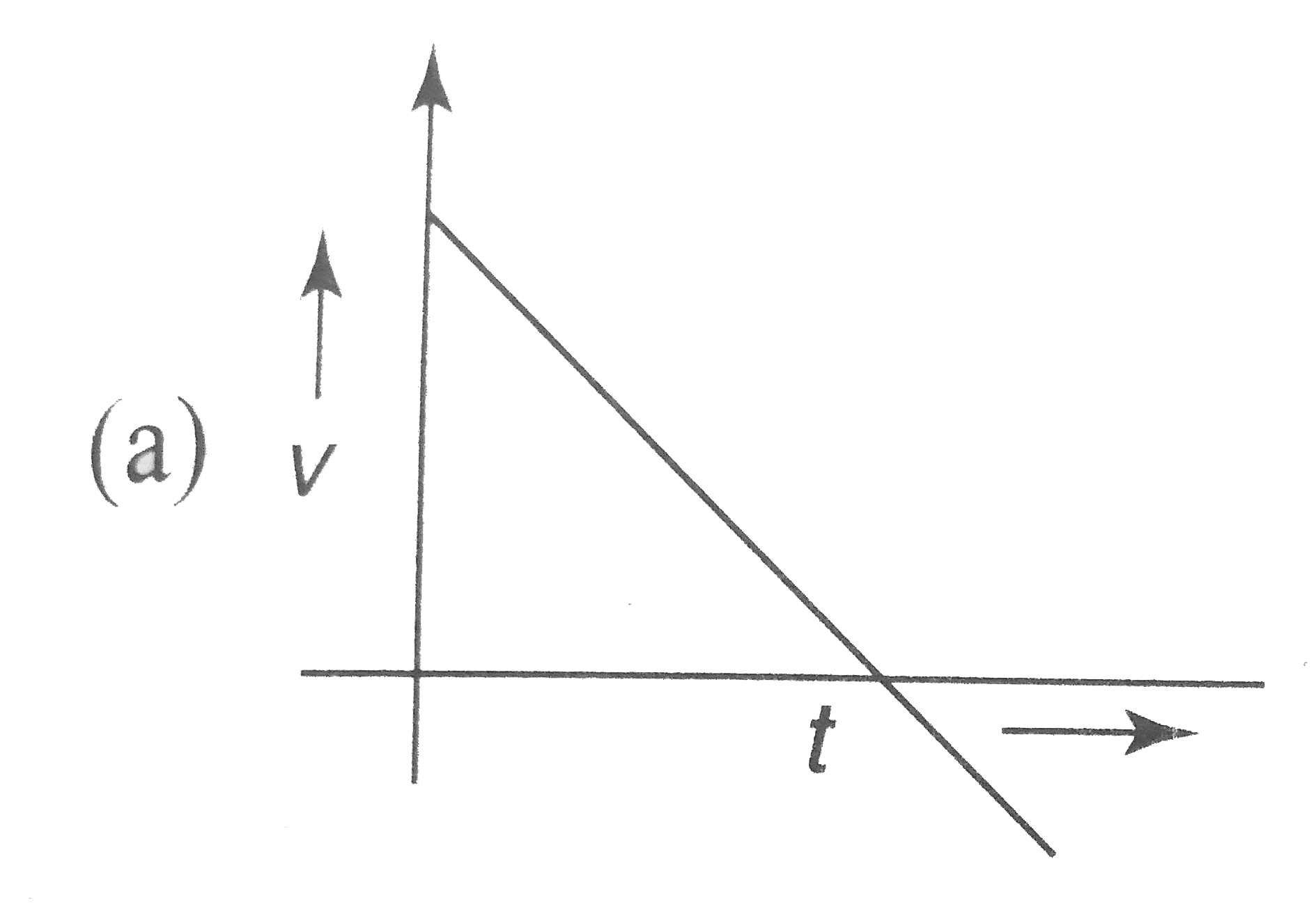 .B
.B .C
.C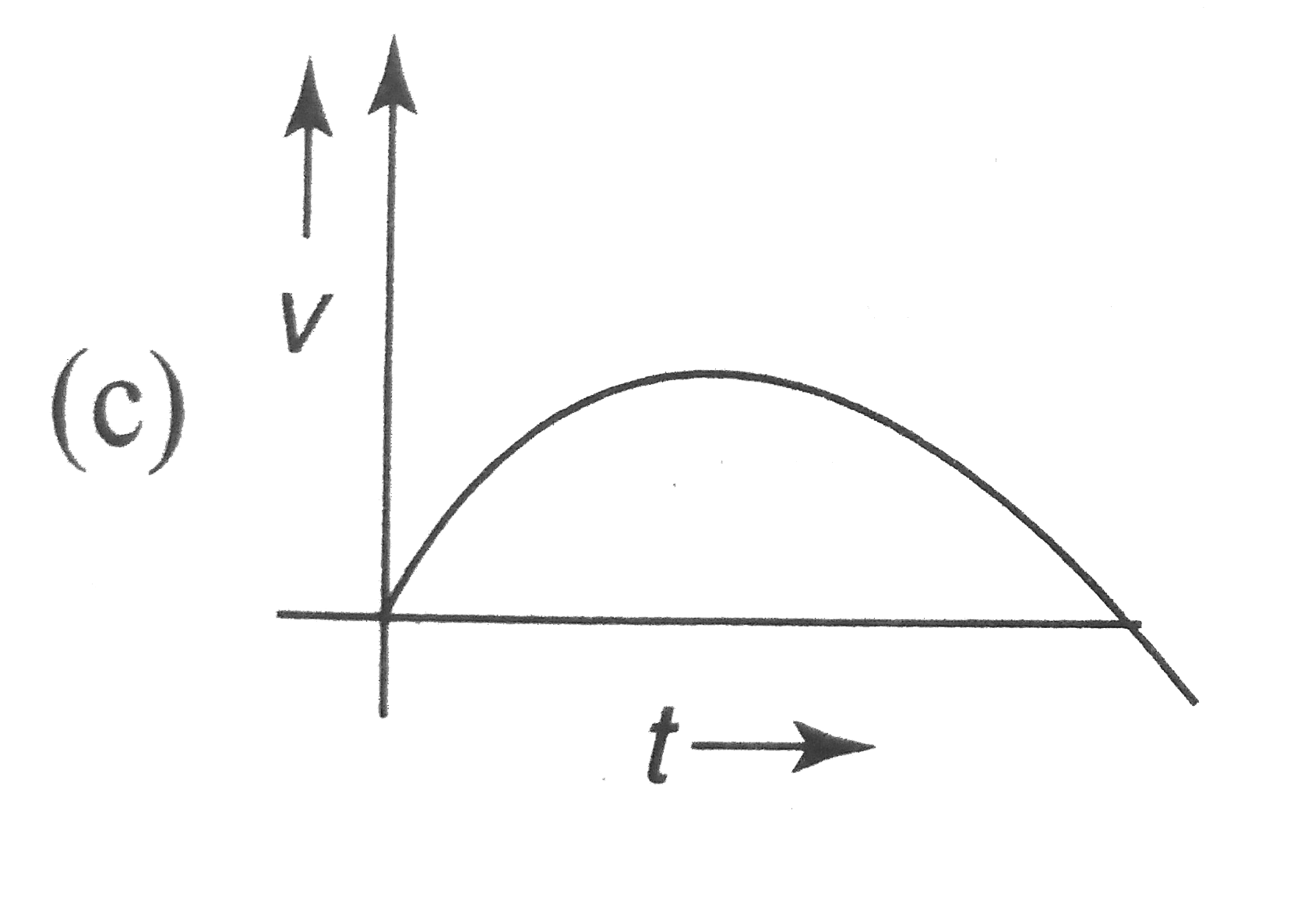 D
D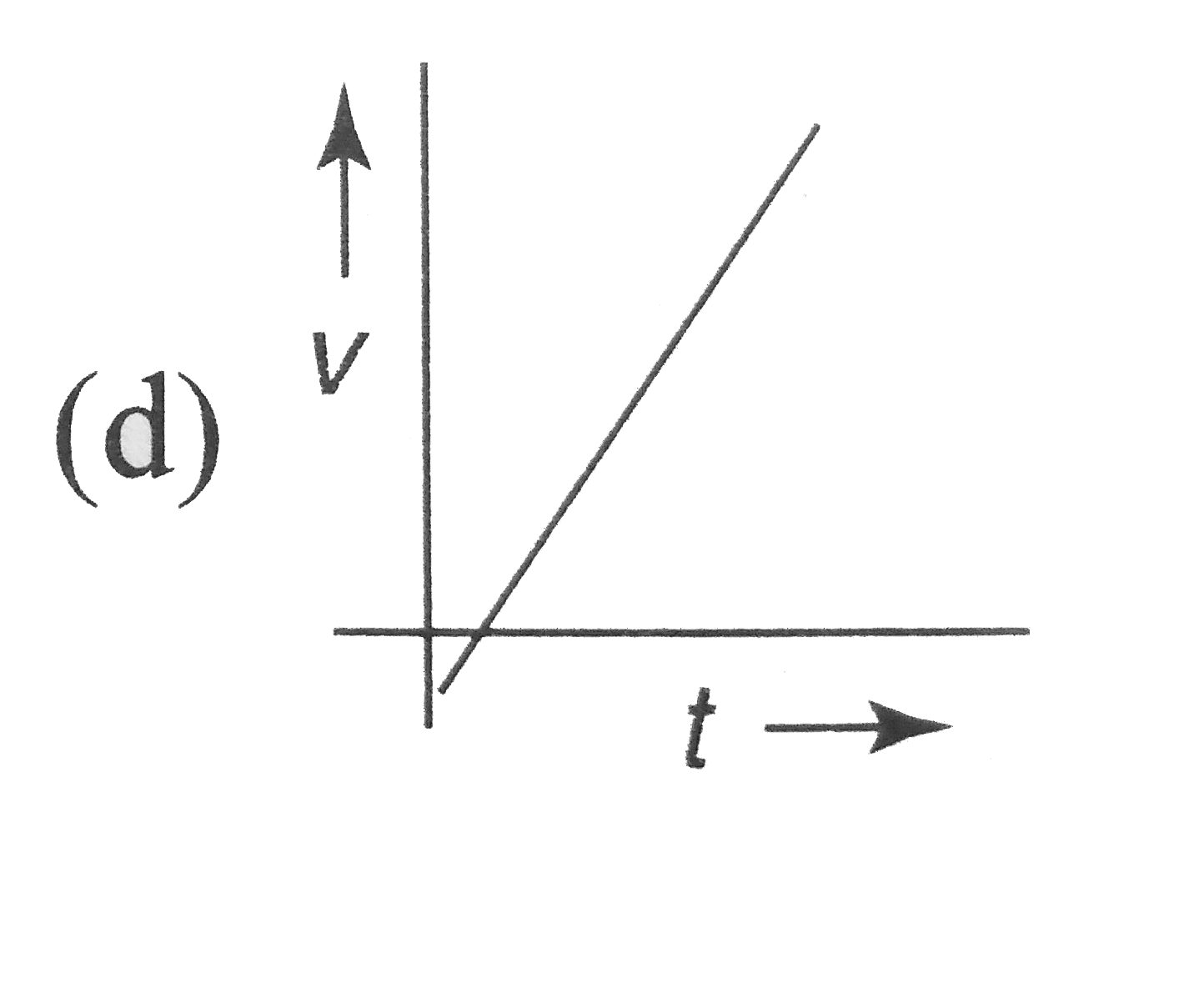 .
.
How do you obtain speed of a body from its distance time graph ?
View SolutionCalculate the displacement and distance travelled by the body in 5 s, from the adjoining velocity-time graph
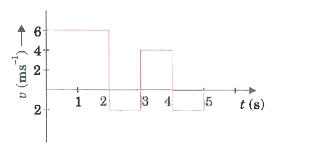 View Solution
View SolutionDerive the following equations of motion for uniformly accelerated motion from velocity-time graph : s=ut+12at2
View SolutionDerive the following equations of motion for uniformly accelerated motion from velocity-time graph : v2−u2=2as
View SolutionWhat parameters can be determined from velocity - time graph of motion?
View SolutionDerive an equation for the distance covered by a uniformly accelerated body in nth second of its motion. A body travels half its total path in the last second of its fall from rest, calculate the time of its fall.
View SolutionWhat can you say about the motion of a body if :
(a) its displacement-time graph is a straight line ?
(b) its velocity-time graph is a straight line ?View Solution


